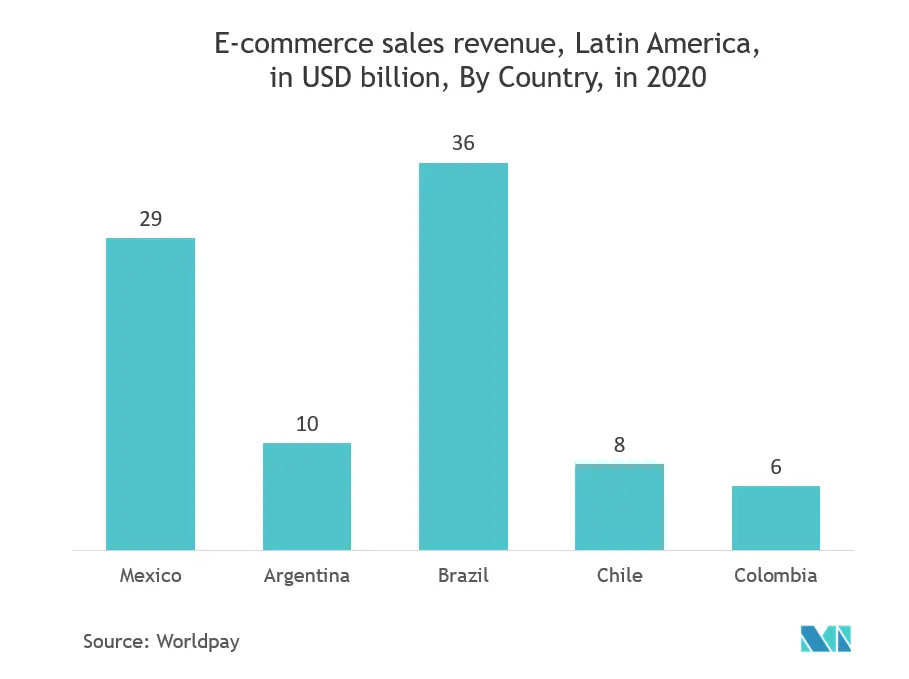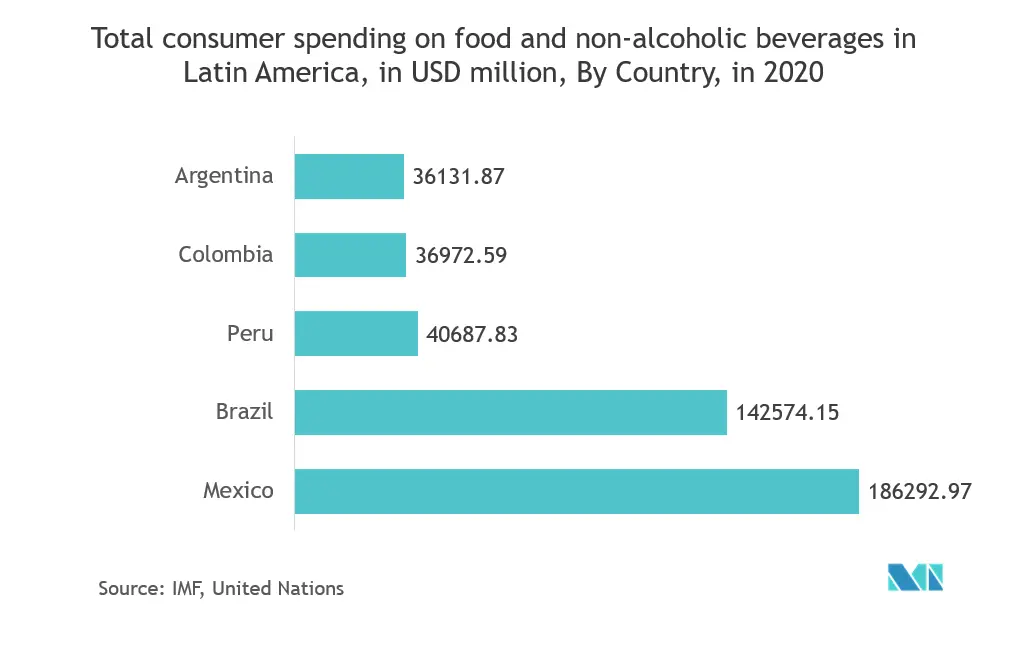Market Trends of LA AMH Industry
This section covers the major market trends shaping the Latin America AMH Market according to our research experts:
Mexico to witness the Highest Growth
- Mexico is home to various industries, including substantial automotive and aerospace manufacturing sectors. Automation investments can help increase the number of well-paying jobs in Mexico since the country has one of the highest ratios of engineering graduates per capita.
- With the boom of automation in Mexico, any company that employs robotics or advanced automation in the region is poised to register growth. In the past, some companies completely avoided investing in Mexico or only used the resources for cheap labor. However, the automation industry in Mexico is becoming more advanced, which is providing it with a competitive edge over other major countries.
- Furthermore, the country has been witnessing an increase in initiations to promote automation. For instance, the Association for the Advancement of Automation (A3) Mexico promotes the benefits of automation while facilitating gatherings and interchanges between the stakeholders and members of the automation community in the country.
- Moreover, the country is anticipated to witness growth in the adoption of automated material handling systems due to the increasing investments in establishing new airports and enhancing the existing airports' infrastructure.

Food and Beverage to witness the Highest growth rate
- The food and beverage industry is one of the most significant economic contributors to the region. In Latin America, Brazil exports frozen food and meat products, while Argentina is the leading country in the packaged and processed food segment.
- Mexico has a large beverage industry. Due to its proximity to the United States and trade agreements, the Colombian food and beverage industry experienced a growth of over 50% in the last decade, while Peru and Chile were at the forefront in dealing with seafood and frozen food. A high prospect for growth in the food and beverage industry, coupled with the penetration of the automation service providers in the region, is driving the need for AMH systems in the sector.
- Most of the Mexican manufacturers are inclined toward hybrid automation rather than complete automation. Many automation providers support this practice, as the country has a considerable scarcity of skilled workforce. Employing hybrid automation would allow existing workers to cultivate new skills with minimal training.
- As a result, there is a high demand for collaborative robots and semi-automation solutions in the market. This trend is highly visible in the seafood processing companies that are highly renowned for processing complex produce, including Octopus, Sardine, Shrimp, and Lobster.


